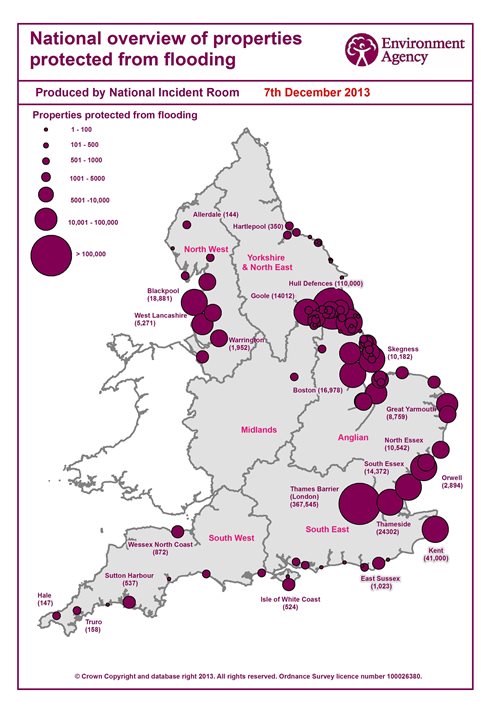Extratropical Cyclone Xaver
Status: Closed
| Type of posting | Posting date(EST): | Summary | Downloads |
|---|---|---|---|
| Update 3 | 12/12/2013 6:00:00 AM |
|
|
| Update 2 | 12/10/2013 8:05:00 AM |
|
|
| Update 1 | 12/6/2013 8:07:00 AM |
|
|
| First Posting | 12/5/2013 11:21:00 AM |
|
Update 2 | Summary
Posting Date: December 10, 2013, 8:05:00 AM
Event Summary Last week, Extratropical Cyclone Xaver (known as Sven in Sweden, Bodil in Denmark, and Ksawery in Poland) affected large parts of northern Europe, particularly the United Kingdom, Northern Ireland, Germany, the Netherlands, Belgium, Denmark, southern Sweden, Poland, and the Czech Republic.
Xaver followed approximately five weeks after Windstorm Christian battered Denmark, Germany, the Netherlands, France, UK, and Sweden in late October. AIR estimated insured losses of between EUR 1.5 billion and EUR 2.3 billion from Christian.
Hurricane-force winds caused widespread power outages and travel disruptions throughout the region, but the greatest threat from Xaver resulted from its massive surge. Storm surge in the United Kingdom and the Netherlands was the highest seen since the deadly North Sea floods of 1953. However, flood defenses in both countries have been significantly strengthened since then, which helped to limit damage. Storm surge was also significant near Hamburg, which saw significant flooding in 1962 from a similar storm, but coastal defenses around the German city held and damage was limited.
Reported Impact
At least 10 people across Europe were reportedly killed by the storm. Power and/or communications disruptions affected 500,000 households throughout northern Europe. The storm also caused widespread travel disruptions, shutting down ferry and rail service and grounding flights.
The UK's Environment Agency (EA) reported that 1,400 properties were damaged by flooding in coastal communities in Yorkshire, Lincolnshire, northeastern Wales, and by heavy precipitation that caused rivers to burst their banks. According to the EA, more than 2,800 km of flood defenses successfully protected more than 800,000 properties from some of the highest storm surges since 1953. The Thames Barrier was closed twice during the storm, successfully protecting London from flooding.

Number of properties protected by flood defenses in the UK (Source: Environment Agency)
In Germany, 6-meter high waves battered Hamburg, the second highest surge level since 1825, the first year for which recorded measurements are available. Tidal floods that hit Hamburg were similar to those that drenched the city in 1962, causing the worst flooding in living memory. Hamburg's harbor area and historic “Fischmarkt” were submerged by Xaver's storm surge. However, improved coastal defenses along the North Sea limited Xaver's impact and there were no reports of major damage or loss of life.
In the Netherlands, the Eastern Scheldt barrier was closed for the first time in six years on December 6, just ahead of the high tide. Water levels reached up to 4 m, again the highest since 1953, but the flood defenses protected low-lying regions in the Netherland's southwest delta. Flood damage reported from the Netherlands has thus far been limited.
At least five people died in Poland on Saturday; three of them were killed when a tree fell onto their car. Two other deaths were reported in Denmark and another in Sweden.
In Denmark the towns of Frederikssund and Frederiksvaerk, northeast of Copenhagen, were evacuated by police. In Copenhagen, 200 flights were canceled on Thursday and about 70 on Friday.
Loss Assessment
Based on initial assessments, Xaver's wind impact is expected to be less than that of Christian, as wind speeds were generally lower in regions affected by both storms. Winds toppled trees and caused widespread roof damage throughout the affected region, but significant structural damage is expected to be limited.
The AIR extratropical cyclone team is compiling the available meteorological information for Xaver for input into the AIR Extratropical Cyclone Model for Europe. A loss posting will be available on the ALERT website later this week.